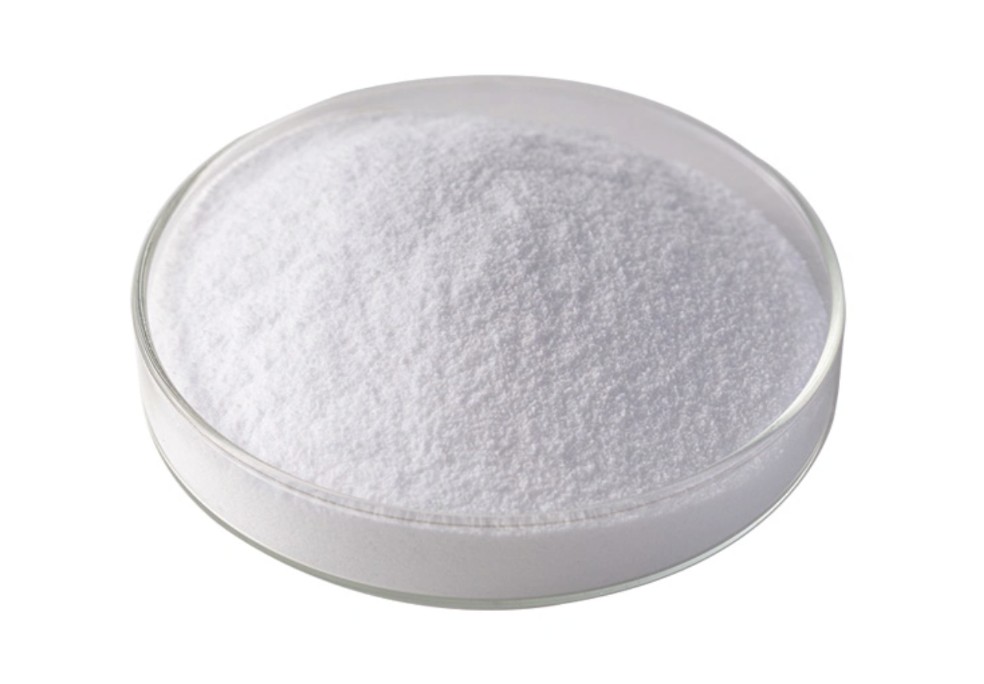Sunifiram is one of the newest nootropics on the market showing very promising initial results. It falls into the ampakine family of nootropic supplements because it is an AMPA agonist.Some reviews have suggested that it works similarly to Piracetam but it is over 1000 times more potent than Piracetam for the same dosage.
Sunifiram is highly effective at boosting memory function as well as attention span, learning, decision making and alertness.A lot of initial reviews and user experiences suggest that Sunifiram could become one of the most popular nootropic study aids for improving concentration.
Sunifiram has a similar chemical structure to Piracetam but initial studies show that it is significantly more potent than this widely used racetam.Sunifiram so far shows very positive results as memory enhancer and it is currently being investigated for potential treatment of Alzheimer's and other diseases related to cognitive decline.
User reviews and Sunifiram logs point to the fact that this supplement makes information recall much easier and helps you think more clearly. Sunifiram is being compared to Noopept quite a bit because of their similar potency levels.Initial observations suggest that Sunifiram is better as a memory booster while Noopept might have an edge on increasing focus and alertness.
Sunifiram (DM-235) is a piperazine derived ampakine drug which acts as a positive allosteric modulator of AMPA receptors, and has nootropic effects in animal studies with significantly higher potency than piracetam. A number of related compounds are known, the best known being unifiram (DM-232). This enhancement by sunifiram is associated with an increase inphosphorylation of AMPAR through activation of protein kinase II(CaMKII) and an increase in phosphorylation of NMDAR through activation of protein kinase C α (PKCα). Dokładniej, sunifiram stimulates the glycine-binding site of NMDAR with concomitant PKCαactivation through Src kinase. Enhancement of PKCα activity triggers to potentiate hippocampal LTP through CaMKII activation. Sunifiram improves cognitive deficits via CaM kinase II andprotein kinase C activation. This compound is known as an AMPAkine due to exerting most of its actions via the AMPA receptor (one of the three main subsets of glutamate receptors, alongside NDMA and kainate). This enhancement of AMPA function seems to also rely on enhancing signalling via the Glycine binding site of NMDA receptors, although one minimal signalling goes through the NMDA receptor then the benefits on AMPA receptors seem dose-dependent.
The exact mechanism to explain how Sunifiram is able to have such a strong cognitive benefit is yet to be found, but scientist have identified some interesting models to show how some of these attributes may be better understood. One such mechanism is that of NMDA signaling which was confirmed after Sunifiram dosages were maintained for over 7 dni.
This can explain some of the NMDA-dependent Long Term Potentiation seen with Sunifiram use.Further studies have shown rodents with memory impairment (centered around the hippocampus) benefitted from Sunifiram administration, when their ability to complete training sessions was measured. Finally, Sunifiram injections were able to cause the release of acetylcholine, which was detected in the prefrontal cortex of laboratory mice.
For the treatment of Alzheimers Dementia, Cognition Disorder, Neurologic Drugs, Senile Dementia, Acetylcholine Release Enhancers.
Sunifiram (DM-235) is a synthetic derivative of Piracetam, although due to breaking the pyrrolidone backbone it is no longer in the Racetam class of drugs (yet by being derived from them, it is still commonly associated with this class). Sunifiram has mechanisms similar to Nefiracetam in the hippocampus, and similar to that drug sunifiram shows anti-amnesiac properties and is potentially a cognitive enhancer. Its anti-amnesiac activity is several orders of magnitude greater than piracetam on a per weight basis, and preliminary evidence suggest it has a similarly low toxicity profile.






















